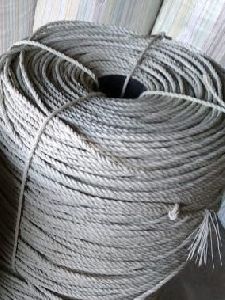Contact +91 9513745923
Extension Ladder Manufacturing
Introduction
Extension ladders are vital tools used in various industries and households for reaching elevated areas safely. As a result, the manufacturing of extension ladders requires a focus on safety, durability, and usability. This overview explores the key aspects of extension ladder manufacturing, including materials, design considerations, production processes, and safety standards.
Materials Used in Manufacturing
The primary materials used in the manufacture of extension ladders include aluminum, fiberglass, and wood. Aluminum is favored for its lightweight and corrosion-resistant properties, making it suitable for both indoor and outdoor use. Fiberglass ladders are ideal for electrical work due to their non-conductive nature, while wooden ladders offer a traditional aesthetic and sturdy construction. Each material has its specific applications, with manufacturers selecting based on the intended use of the ladder.
Design Considerations
Design is crucial in ladder manufacturing. Extension ladders typically consist of two or more sections that slide apart to provide variable heights. Manufacturers must ensure that the ladder is easy to extend and retract while maintaining stability. The design should include safety features such as slip-resistant rungs, stabilizing feet, and locking mechanisms to prevent accidental collapse. Ergonomics also play a significant role; ladders should be lightweight enough for easy handling yet strong enough to support significant weight loads.
Production Process
The manufacturing process begins with the sourcing of high-quality materials. Once materials are selected, they undergo cutting, shaping, and assembly. Aluminum and fiberglass ladders are usually formed through extrusion processes, while wooden ladders are crafted through traditional joinery techniques. After assembly, ladders undergo rigorous quality control checks to ensure they meet safety standards. This includes testing for load capacity, stability, and durability. Finally, ladders are finished with protective coatings to enhance weather resistance and improve aesthetics.
Safety Standards and Regulations
Compliance with safety standards is paramount in ladder manufacturing. In the United States, for example, manufacturers must adhere to the American National Standards Institute (ANSI) and Occupational Safety and Health Administration (OSHA) guidelines. These regulations outline specifications for ladder construction, load capacity, and labeling. Additionally, international standards, such as those set by the International Organization for Standardization (ISO), guide manufacturers in producing safe and reliable products.
Conclusion
In summary, the manufacturing of extension ladders is a complex process that involves careful consideration of materials, design, production methods, and safety regulations. By adhering to industry standards and prioritizing safety, manufacturers can produce extension ladders that meet the diverse needs of users across various sectors. As the demand for reliable and safe access solutions continues to grow, so too will the importance of innovation in extension ladder manufacturing.
